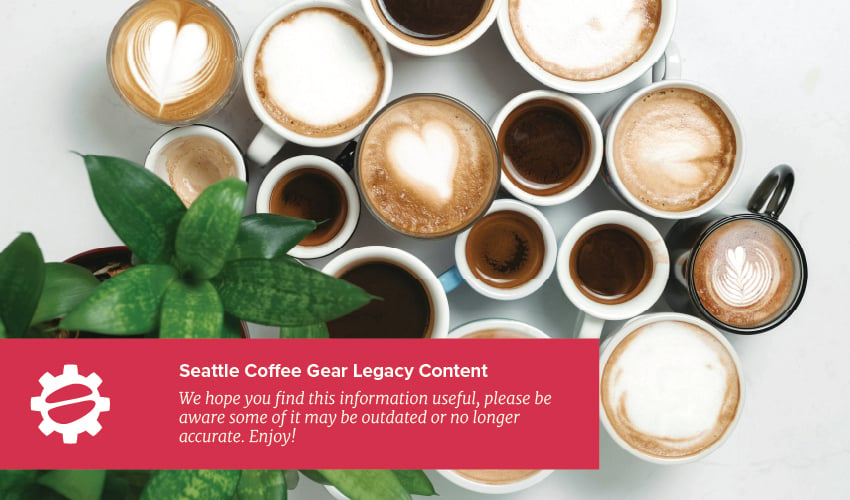Over the past few years, Starbucks has been laying off employees and closing down storefronts to make up for lost revenue during the recession, but they're also now operating in a more crowded competitive space. Where they once dominated the market for quickly prepped gourmet espresso drinks, larger players are coming to the table and upping the ante. Competing against fast-food chains, like McDonalds, who's playing hardball by providing their customers with coffee drinks with all the frills but at a lower cost, Starbucks is trying to lure back their coffee connoisseurs who've been bedazzled by fast-food prices by offering free internet and access to e-books and sites that usually come at a cost. They've also begun mandating a slow down in service that would limit a barista's drink prep to just one drink at a time -- clearly in an effort to show customers some level of artisan skill in the face of the fast-food, assembly-line approach they used before (and from which they are more actively trying to differentiate themselves). This comes into play even more when you consider the 'third wave' coffee movement's focus on the culinary rather than commodity attributes of the mighty bean. Another way they're trying to compete is by making their food options more healthy, reinventing their menu by 'raising the bar on food to be tastier' with 'healthier and lighter options.' Making baked goods that are healthy but without the cardboard taste, Starbucks has incorporated organic blueberries, a higher percentage of real bananas and has made marshmallow squares less of a guilty pleasure at only 210 calories. But other than slimming down their treats, they've also added healthier drinks and lunch alternatives by taking a queue from local farmer's markets. With basic yet natural options, they now have smoothies and salads (i.e. Strawberry Banana Vivanno and Farmer's Market Salad) made from real produce, which, again, carry less of a calorie count. Is this what a Starbucks customer really wants, though? If the company grew to become a competitor in the international food market that is on par with McDonald's by implementing many of the same operational techniques, can they roll these back in a sufficiently effective way to court customers back to their cafes? And how healthy has Starbucks really gotten when you see statistics comparing a 483-calorie Mocha Frappe Latte with semi-skimmed milk almost on par with a 492-calorie Big Mac?
Cart updated ()
